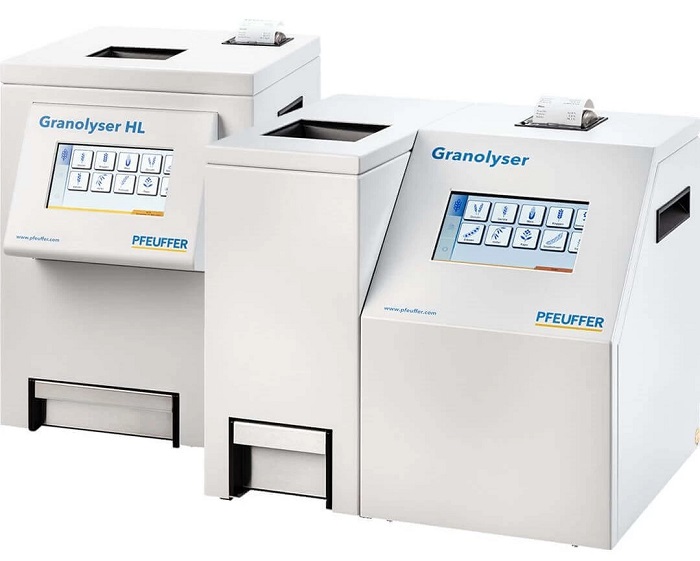
The role of NIR analyser in modern agriculture
In the rapidly evolving field of agriculture, the need for accurate and efficient analysis of crop quality is more important than ever. One of the most advanced tools available to farmers and agricultural businesses today is the NIR analyser. This innovative technology offers precise and rapid analysis of various parameters in grains and other crops, ensuring better quality control and optimized production processes.
What is an NIR Analyser?
An NIR (Near-Infrared) analyser is a sophisticated instrument designed to measure the composition of agricultural products. Using near-infrared spectroscopy, it can analyze the moisture content, protein levels, fat, fiber, and other key components of grains and other crops. The NIR analyser operates by directing near-infrared light at the sample and measuring the wavelengths that are absorbed or reflected. This data is then used to determine the composition of the sample with high accuracy.

Advantages of Using NIR Analysers in Agriculture
- Speed and Efficiency: NIR analysers provide rapid results, often within minutes. This allows for quick decision-making and adjustments during processing and storage, ultimately improving overall efficiency.
- Non-Destructive Testing: One of the major benefits of NIR technology is that it does not destroy the sample being analyzed. This is particularly important for high-value crops where maintaining sample integrity is crucial.
- Accuracy and Precision: NIR analysers offer high levels of accuracy and precision, ensuring reliable data that can be used to make informed decisions about crop management and processing.
- Cost-Effective: Over time, NIR analysers can reduce operational costs by minimizing the need for traditional, time-consuming lab tests. They also help in preventing losses due to poor quality control.
- Versatility: These analysers can be used for a wide range of crops, including wheat, barley, corn, soybeans, and more. They can measure multiple parameters simultaneously, providing comprehensive insights into crop quality.
Applications in Agriculture
- Grain Quality Assessment: NIR analysers are widely used to evaluate the quality of grains. They can measure protein, moisture, oil, and starch content, providing essential data for determining the best use of the grain, whether for food production or animal feed.
- Soil Analysis: By analyzing soil samples, NIR analysers help farmers understand soil composition and nutrient levels. This information is crucial for making informed decisions about fertilization and crop managemen.
- Feed Analysis: In livestock farming, NIR analysers are used to assess the nutritional content of animal feed. This ensures that livestock receive a balanced diet, promoting better health and productivity.
Case Study: The Granolyser NIR Analyser
One notable example of NIR technology in agriculture is the Granolyser NIR analyser. This advanced device is designed specifically for grain analysis, offering precise measurements of key quality parameters. The Granolyser helps farmers and grain processors ensure that their products meet industry standards and consumer expectations.
The integration of NIR analysers in agriculture represents a significant advancement in the quest for precision farming. By providing accurate and timely data, these devices enable farmers to optimize their practices, improve crop quality, and enhance overall productivity.


